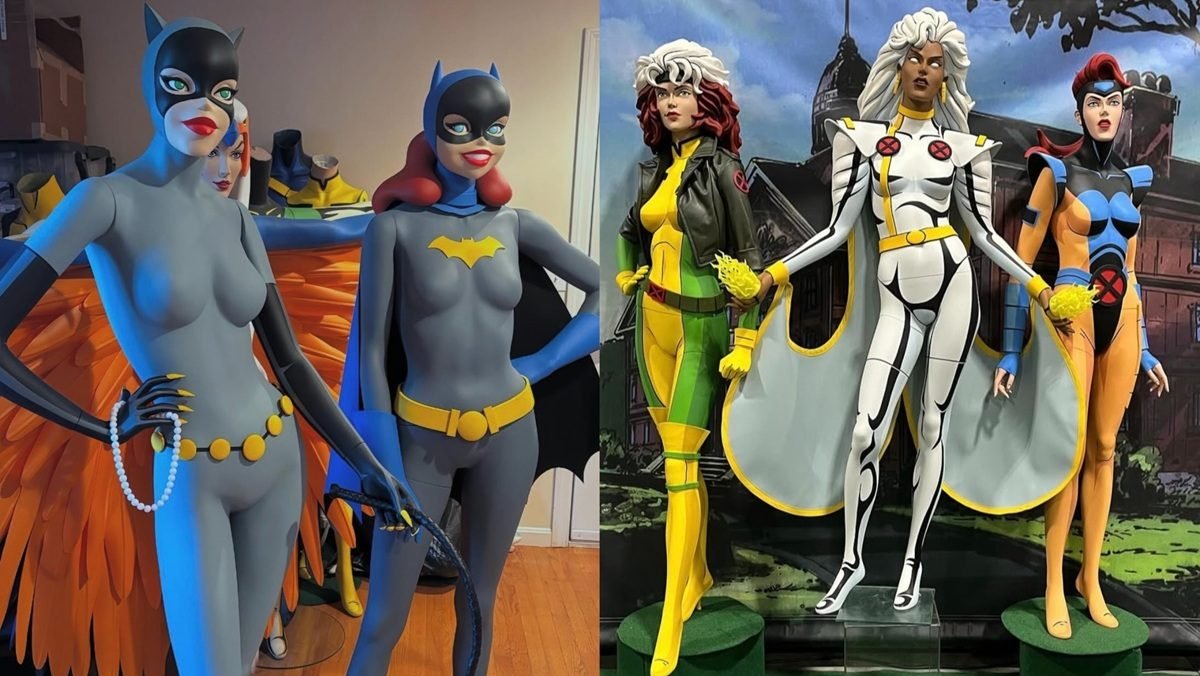-S-2174.jpg)
Installation view of “Titik Garis Bentuk: Drawing as Practice” at Ilham Gallery, Kuala Lumpur. Photo by Kenta Chai. Courtesy Kentaworks Graphic.
Titik Garis Bentuk: Drawing as Practice
Ilham Gallery
Kuala Lumpur
Mar 24–Jul 28
One of the
oldest art forms known to humankind, drawing has witnessed something of a renaissance
in today’s concept-heavy art world. Walking through “Titik Garis Bentuk:
Drawing As Practice,” one could not help but notice the endless
spectrum of possibilities embedded within this universal and ubiquitous medium: explorations of form, elements of social critique, and the illustration of
cultural memory.
No longer
restricted to the flat plane, here were contemporary drawings—many of which shapeshifted
into space-intercepting 3D forms that highlighted formal experimentation—in
the works of artists such as Perak-born Hasanul Isyraf Idris and Kuala Lumpur-born
Chang Yoong Chia. Positioned rather solemnly in a dark corner was Quarry (2022), Idris’s hill-like
installation, its reflective and jagged texture a result of multiple layers of
graphite on crumpled cotton paper. Scattered around its base are
graphite-covered busts, made in the likeness of the artist’s head, that seem to
be crushed under the weight of this eerie phantom. While being a visual mixture
of drawing-atelier artifacts, Quarry
in fact references Idris’s cumbersome grief and body-mind dissociation after
mourning family members who passed away during the Covid-19 pandemic. Expanding
this sense of personal grief to the collective level, Chang’s Quilt of the Dead (2002– )—a hanging
white quilt on which obituary photographs of countless Malaysians are
embroidered—invited audiences to share in the anguish of losing loved ones,
while the artist’s needle patiently transformed melancholic threads into
cherished portraits, a durational act that embodies the cycle of life and death,
and the love through which we will all be remembered.
As Idris and
Chang continue to push drawing’s formal boundaries, other artists in the
exhibition unpacked drawing’s capacity to offer subtle yet decisive
commentaries on sociocultural issues. Yogyakarta-based Nadiah Bamadhaj’s
series of nine somber charcoal on paper collages, titled Pessimism Is Optimism III (2017), foregrounds the cungkup, a structure used to shelter
gravestones in East Javan rural villages and an amalgam of different animistic
worships that both commingle and contrast. Embedding this delicate
multiplicity into fragile paper that depicts a gradually crumbling cungkup, Bamadhaj alludes to Indonesia’s
fading mystical rituals against the daunting backdrop of religious
homogenization. From this societal-scale perspective on ritual, the young
Johorean artist BINTI put a personal spin on the concept, as she diaristically performed
an en-papier journaling for each year of her life up until her 24th. In the 24-piece suite of mixed-media collage, titled One to Twenty
Four (2022) and selected from her Tuju One series, BINTI employs a combination of visual cues, including ID photos, tarot
cards, and cultural icons such as Miss Piggy, to boldly reveal the
confusion and elation felt by the artist and her peers while embarking on
individual purpose-seeking quests.

HASANUL ISYRAF IDRIS, Valley of Love, 2021, watercolor, ink, and color pencil on paper, 153 × 52 cm. Courtesy Ilham Gallery, Kuala Lumpur.

ANGNES LAU, Soul that Repeats II, 2022, pencil on acid free paper, 50 × 40 cm. Courtesy Ilham Gallery, Kuala Lumpur.
But what ultimately set
this group show apart from other drawing exhibitions of its kind was the inclusion of
drawing’s more quotidian application as illustration. Take, for example, Syarifah Nadhirah’s Drawings from
Recalling Forgotten Tastes (2020), intricate watercolor-and-ink botanical
renderings of species from Peninsular Malaysia (which
stem from her interest in Indigenous plants and traditional culinary practices
of the Temuan and Semai Orang Asli communities). Or the late
Roslisham Ismail (Ise)’s vibrant depiction of local Kelantan’s recipes, titled The Langkasuka Cookbook (2012), that
simultaneously preserves the culinary knowledge of his home province and
memories of his family. These artists’ illustrative drawings
proved essential as expressions of identity and historico-cultural inquiry,
while creating a nuanced balance between form and concept.
“Titik Garis
Bentuk: Drawing As Practice” offered a comprehensive platform from which to
contemplate the metamorphosis elicited through drawing, as well as the extent to
which Malaysian artists from all walks of life have engaged with this
foundational medium. In the process of pushing its formal demarcations
and adapting it to personal and collective use, the artists shed further
light on drawing’s crucial status and widespread application in Malaysian
contemporary art history.
Hung Duong is an independent art critic based in Ho Chi Minh City.






